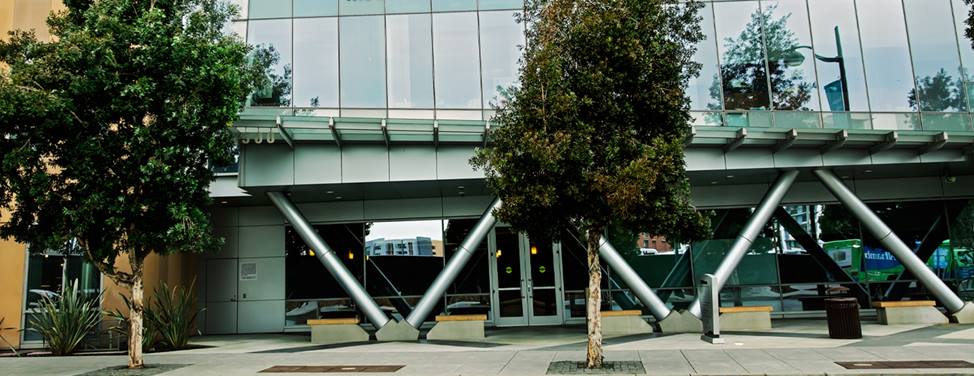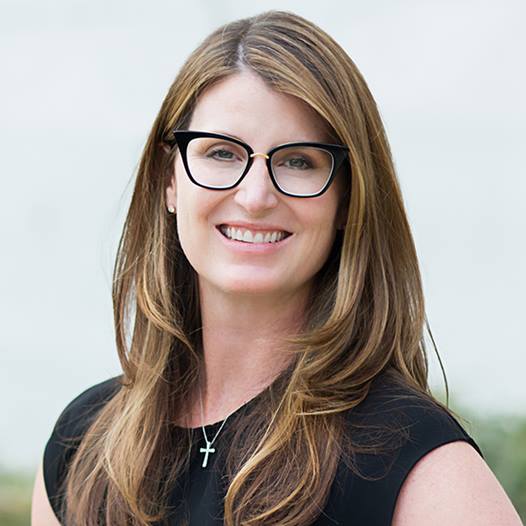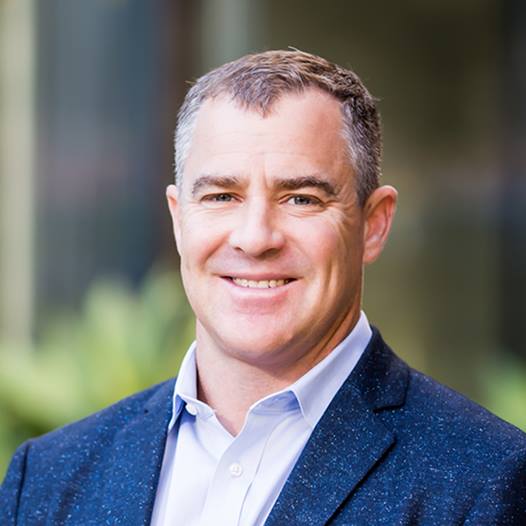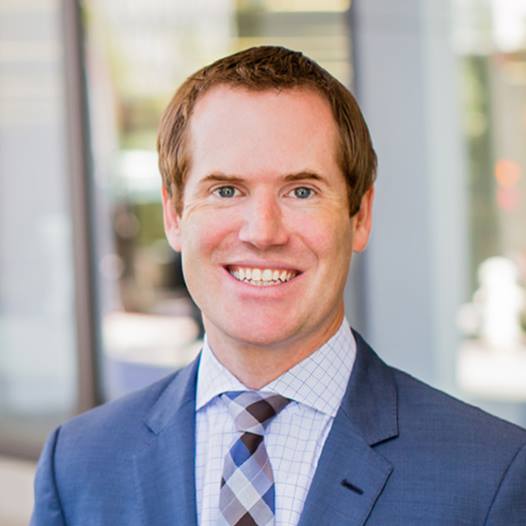Total shoulder replacement surgery replaces your shoulder's damaged bone and cartilage with a metal and plastic implant. The shoulder is a ball-and-socket joint, much like the hip joint. The ball is the top of the arm bone (the humerus) and the socket is within the shoulder blade (the scapula). During shoulder replacement surgery, the ball is removed from the top of the humerus and replaced with a metal implant. This is shaped like a half-moon and attached to a stem inserted to the center of the arm bone. The socket portion of the joint is then replaced with a plastic socket that is cemented into the scapula.

Shoulder Replacement
The procedure takes approximately two hours. However, the preparation before the operation and the recovery afterward may take several hours. Patients often spend two hours in the recovery room and two to three days in the hospital after surgery.
You will be admitted to the hospital on the day of your scheduled surgery. You will be asked to arrive two hours before the start of your surgery. Once you are admitted, you will be evaluated by an anesthesiologist. The most common type of anesthesia is regional anesthesia, where your arm will be numbed by placing anesthetic medicine into your neck before the start of the operation. Supplementary anesthesia will then be given through an intravenous (IV) drip that keeps you asleep for the entire surgery. You will discuss this with your anesthesiologist prior to your surgery.
Advanced Surgical Techniques
Total shoulder replacement can be a very successful operation, similar to hip and knee replacement surgeries. However, it is a difficult operation and the surgeon should be well trained to perform it. At UCSF, we are investigating the possibility of image-guided surgeries to better identify the anatomy and bone structures of each shoulder, so that we can improve the outcome of shoulder replacement surgery. We are investigating the possibility of doing the surgery with smaller and less traumatic approaches, so that the rehabilitation can be quicker and less painful.
UCSF Health medical specialists have reviewed this information. It is for educational purposes only and is not intended to replace the advice of your doctor or other health care provider. We encourage you to discuss any questions or concerns you may have with your provider.












